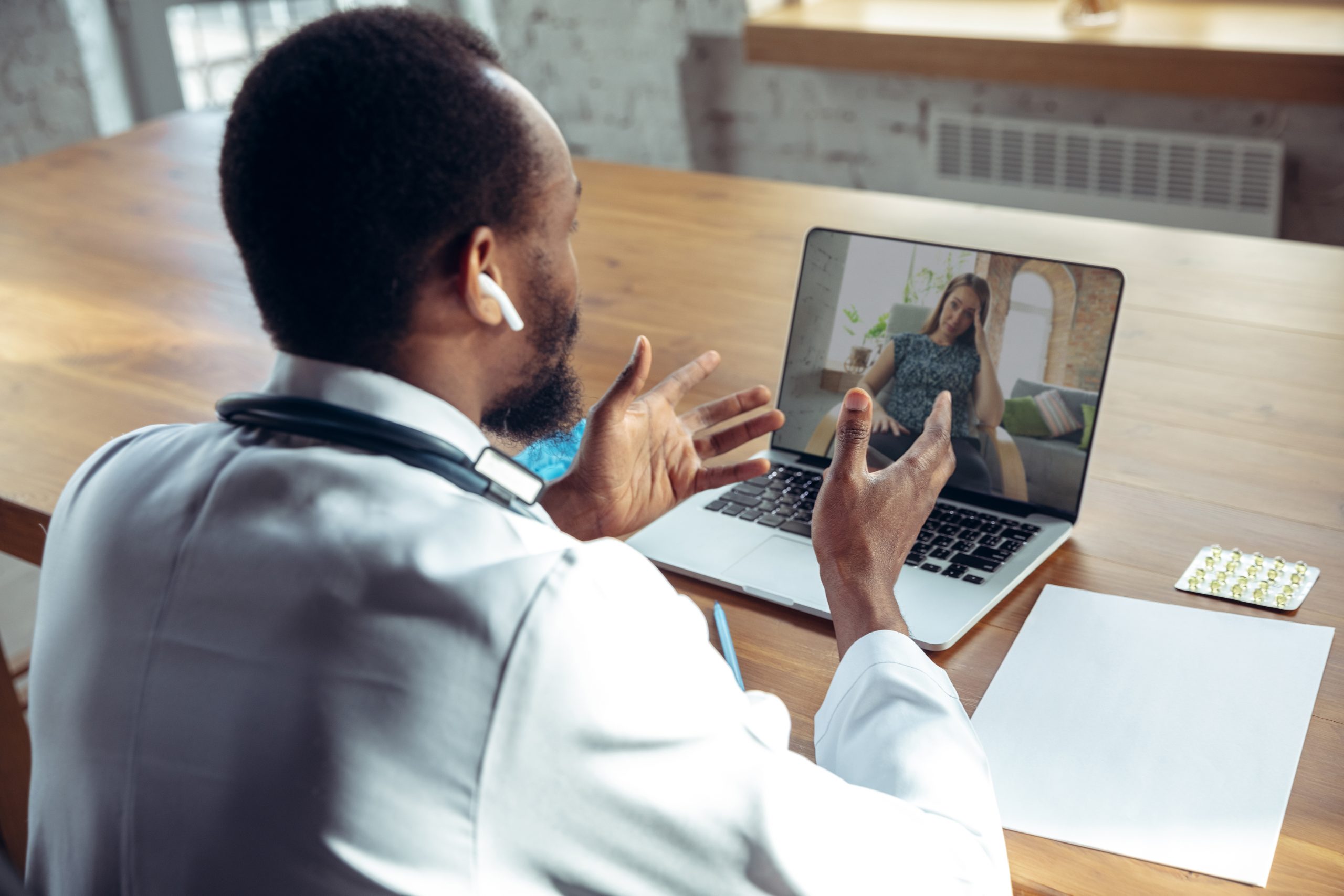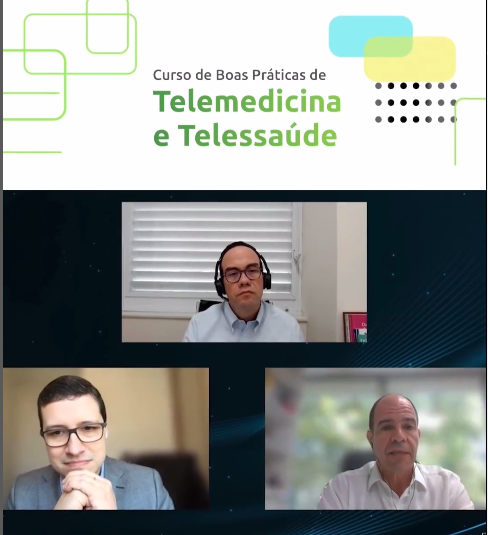Data from the TIC Saúde survey were released by Cetic
Recently regulated, teleconsultation or non-face-to-face medical consultation was used by 33% of doctors and 26% of nurses across the country to care for patients in 2022. The data was released this week by the Regional Center for Studies for the Development of the Information Society (Cetic).
This year's TIC Saúde survey shows an increase in the use of technologies by professionals in the sector when compared to the period before the pandemic, which, according to researchers, can positively impact health care. One of the advances involves patient data available electronically. Among nurses, nursing notes increased from 52% in 2019 to 85% this year; patient history and clinical notes, from 62% to 85%; and radiological images and exams, from 42% to 65%. Among physicians, the largest increases were in the availability of a list of prescribed medications (from 74% to 85%); in the main reasons that led the patient to seek care (from 77% to 85%); and in nursing notes (69% to 79%).
The survey found an increase in the use of so-called telehealth, services provided remotely through information and communication technologies. Remote patient monitoring, for example, which in 2019 was performed by 16% of nurses, is now used by 29% of them in 2022. Among doctors, the practice went from 9% to 23% in the same period. Also in the comparison between 2019 and 2022, the teleconsulting service, contact between professionals in the area to clarify doubts, increased from 26% to 34% among nurses and from 26% to 45% among doctors. The data also show that medical prescriptions in electronic format have been used by 68% of doctors in the country. However, the form of signing prescriptions continues to be, for the most part, manual (71%). Regarding prescriptions made by nursing staff – an item included for the first time in the research –, 51% were made by computer and 68% were signed manually.
Infrastructure
In 2022, according to the study, 97% of public health establishments already had computers, compared to 94% in 2021. In the Northeast, for example, 97% of these locations have computers and internet available, compared to rates of 92% and 91%, respectively, in the previous year. Basic health units (UBS) registered an increase in the use of computers (going from 94% to 97% in the same period) and in internet access (from 92% to 97%). Out of a total of 43 thousand UBS, 1.3 thousand do not have these technological resources.
Information security
According to the research, the percentage of healthcare establishments that have a defined information security policy increased from 30% in 2021 to 39% in 2022. The increase was greater among private establishments, where half have a policy on the subject, compared to 25% among public establishments.
The research
Held since 2013, TIC Saúde aims to investigate the penetration of information and communication technologies in health establishments and their appropriation by health professionals. The study is supported by international organizations such as the Organization for Economic Cooperation and Development (OECD), the Economic Commission for Latin America and the Caribbean (ECLAC), and the United Nations Educational, Scientific, and Cultural Organization (UNESCO). The research is supported by the Ministry of Health and the SUS Information Technology Department (Datasus), the National Supplementary Health Agency (ANS), the National Council of Health Secretariats (Conass), the National Council of Municipal Health Secretariats (Conasems), and the Brazilian Society of Health Informatics (SBIS). In this year's edition, interviews were conducted between April and October 2022 with 2,127 managers of health establishments located throughout the country. The survey also interviewed 1,942 health professionals.
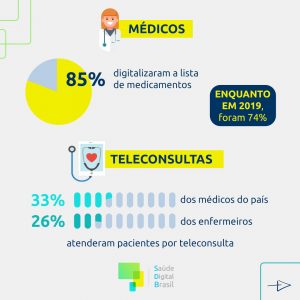
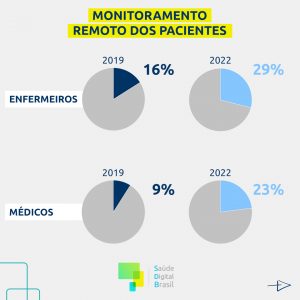
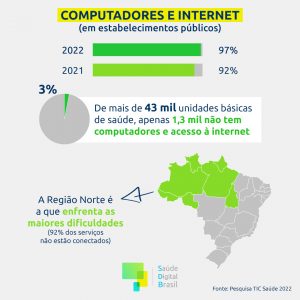
Editing: Maria Claudia
Source: Agência Brasil

